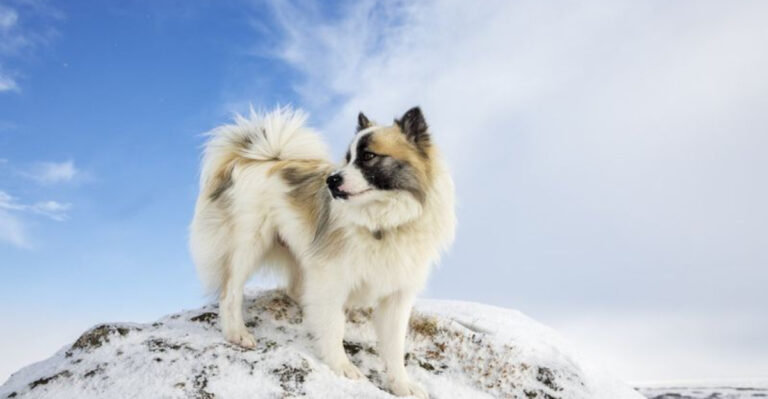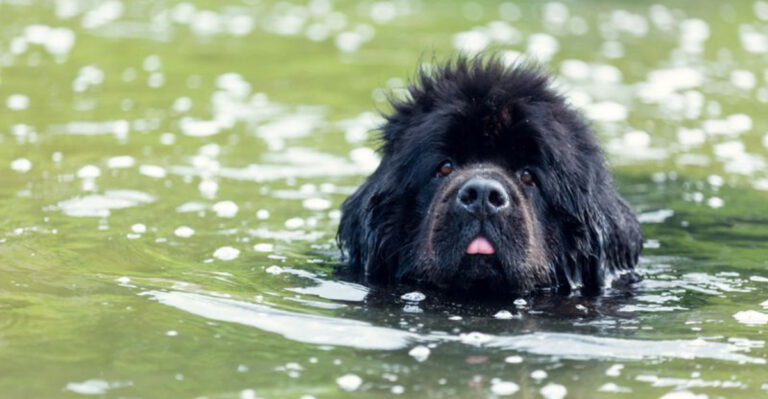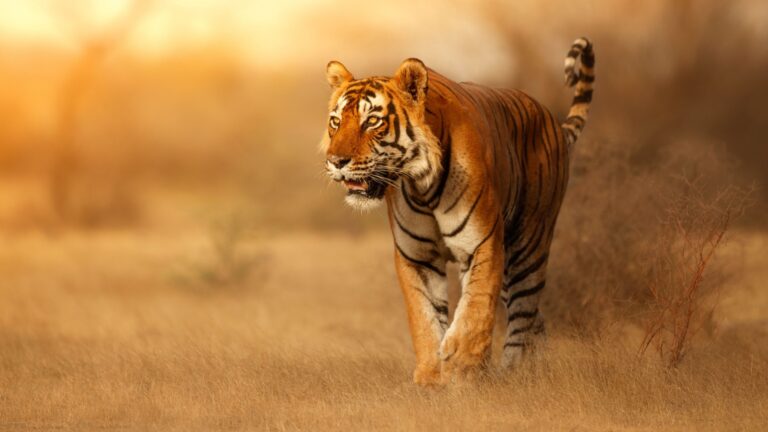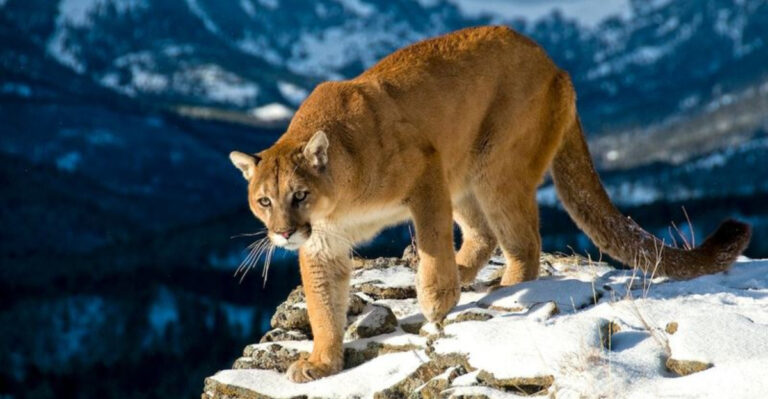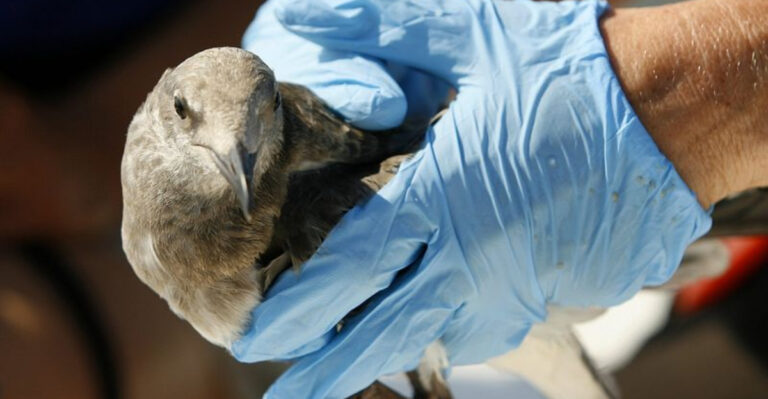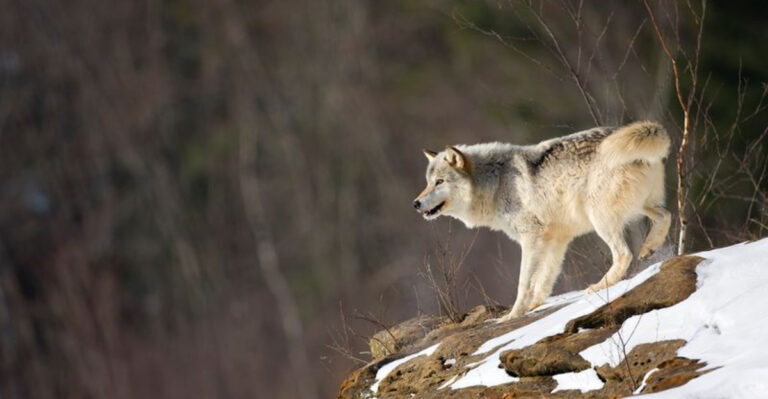10 Human-Like Traits Scientists Discovered In Crows
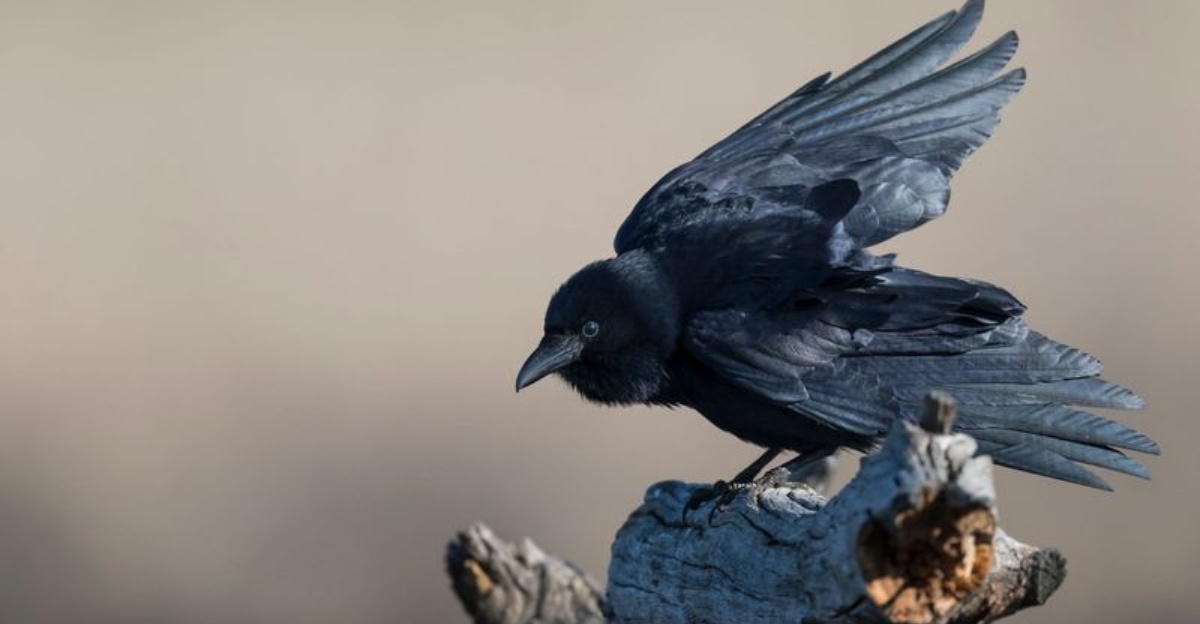
Crows are truly captivating creatures that have captured human interest for ages due to their intelligence and enigmatic nature.
Scientists have dedicated significant time to studying these birds and have uncovered numerous characteristics that reveal their similarities to us.
Their playful antics and complex social interactions highlight behaviors that blur the lines between them and humans. So, let’s delve into the fascinating connections we share!
1. Tool Usage
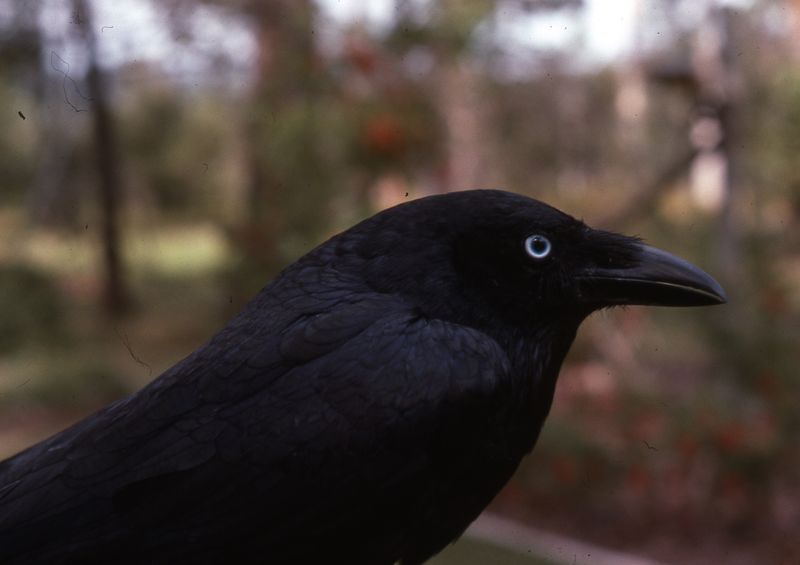
Crows have astonished researchers with their clever use of tools, a trait once thought to be exclusive to humans and a few primates.
Imagine a crow perched high on a branch, meticulously crafting a hook from a twig to extract insects from crevices. This level of problem-solving is akin to a craftsman creating a tool for precision work.
In various studies, crows have demonstrated the ability to modify and adapt tools to suit their needs, showcasing an impressive level of ingenuity. Their ability to understand cause and effect rivals young children, making them a subject of fascination for scientists everywhere.
By observing these feathered toolmakers, we gain insights into the cognitive abilities required for such tasks. What’s more, their tool usage isn’t limited to one-off instances; they’ve been observed using tools repeatedly, suggesting a learning curve and memory retention similar to ours.
Next time you spot a crow, consider the possibility that it might be pondering its next invention. Their resourcefulness in using available materials indeed marks them as remarkable creatures, bridging the gap between human intellect and avian instinct.
2. Social Structures
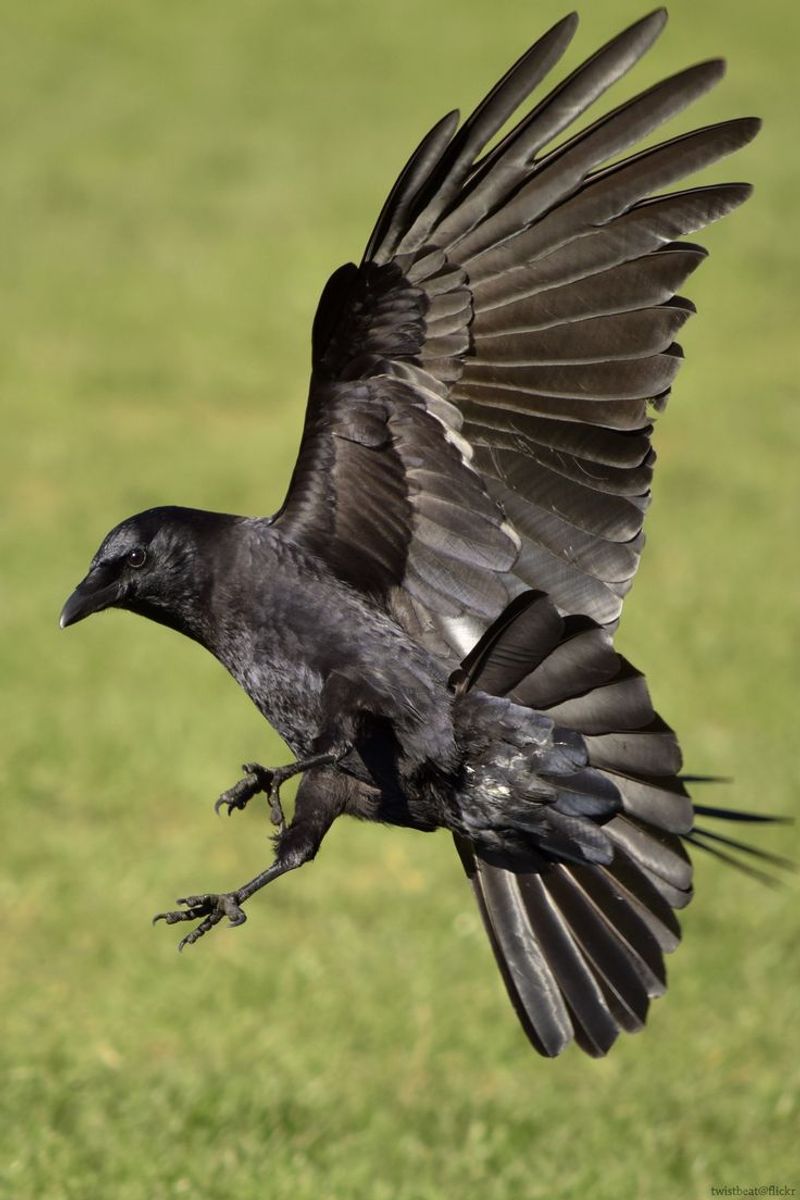
In the social realm, crows exhibit surprisingly human-like traits. These birds form tight-knit family groups and have strong social bonds, reminiscent of our own family units.
Within these groups, they work collaboratively, share food, and protect each other, displaying a level of social intelligence that is rare among animals.
Picture a group of crows gathered in a park, conversing in their own avian language, planning their next culinary adventure. Their social structures are complex and are often compared to those of elephants and primates.
Crows communicate using a variety of calls that have specific meanings, conveying messages about food sources, danger, or even gossip about other crows. It’s as though they have their very own social network, complete with status updates and group dynamics.
This intricate social web not only mirrors human society but also contributes to their survival, allowing them to adapt to various environments. The crow’s social intelligence is a testament to its evolutionary success, proving that even in the bird world, cooperation is key.
3. Memory Skills
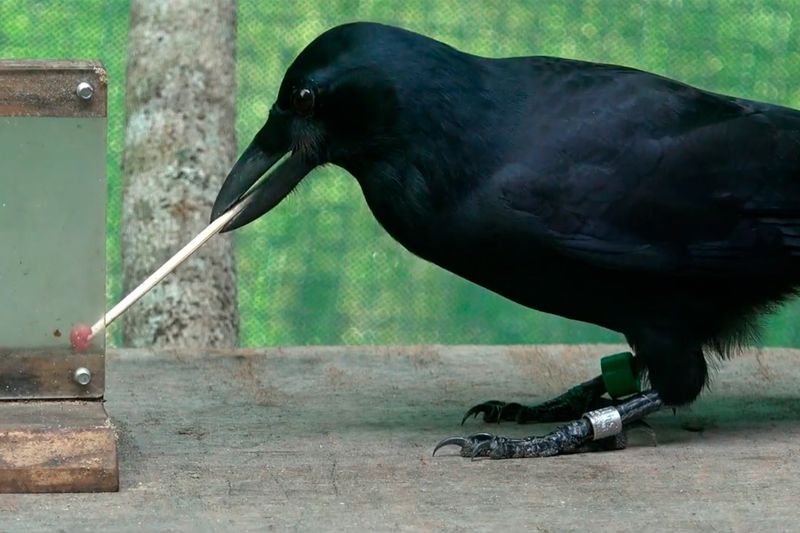
Crows have an uncanny ability to remember human faces and specific locations, echoing our own memory capabilities. Imagine a crow in a bustling urban landscape, recalling where it hid its stash of food days, or even months, earlier.
This memory prowess is not just for survival; it reflects a deeper cognitive processing akin to remembering where you parked your car in a crowded lot. Researchers have shown that crows can remember individual human faces, differentiating between friend and foe.
This long-term memory allows them to adapt their behavior based on past experiences, a trait that many animals, including humans, rely on for survival.
Their ability to recognize and remember specific faces has led to studies on how crows process and store information, offering insights into their impressive brain functions.
The next time you cross paths with a crow, remember: it might be recalling your face from a past encounter! Their memory skills not only aid in their day-to-day survival but also highlight the advanced cognitive abilities that make them so eerily similar to us.
4. Problem Solving
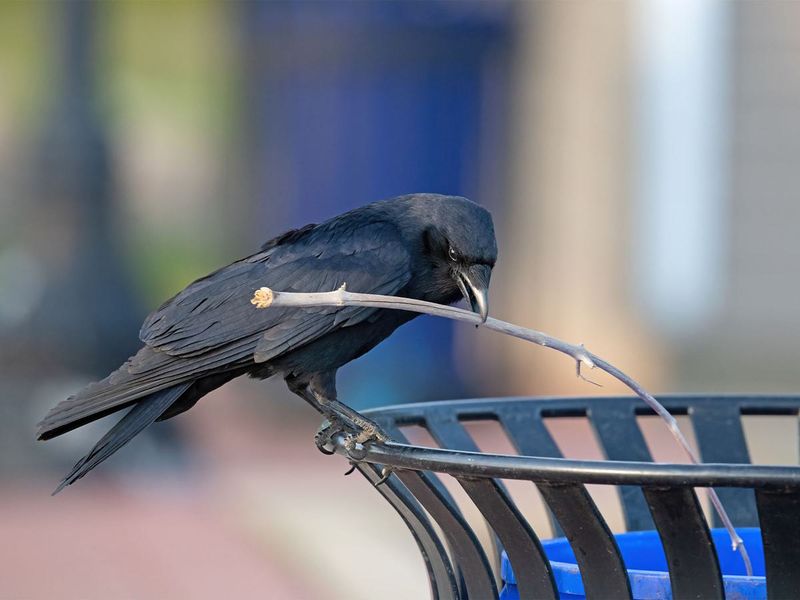
Crows are not just winged observers but active problem solvers, capable of unraveling puzzles that would stump even the cleverest of creatures. Picture a crow in a research lab, keenly working its way through a puzzle box filled with colorful blocks and levers.
This isn’t merely a birdbrain at work—it’s a testament to their remarkable problem-solving skills. Studies have shown that crows can solve complex puzzles by understanding the steps required to achieve a specific goal.
Their ability to think through problems, make decisions, and learn from mistakes showcases a level of cognitive function comparable to that of young children.
This knack for problem-solving extends beyond controlled environments, as wild crows have been observed using similar skills to obtain food and navigate challenges in their natural habitats.
Their problem-solving prowess is not just a scientific curiosity but an evolutionary advantage, allowing them to adapt to changing environments and exploit new resources.
When faced with a challenge, crows demonstrate that they’re more than just birds—they’re thinkers, innovators, and true puzzle enthusiasts.
5. Communication Skills
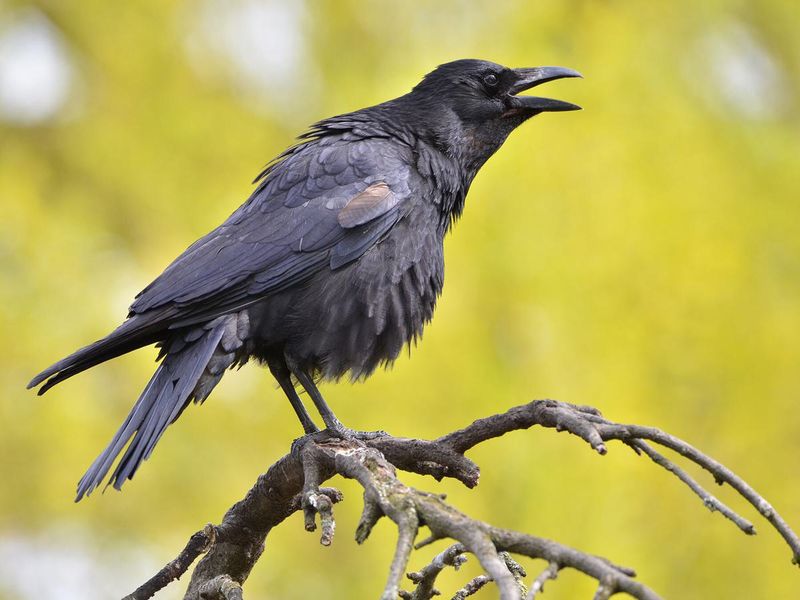
Crows are known for their extensive vocal range and communication skills, rivaling that of many parrots. Picture two crows perched against a city skyline, engaged in a lively conversation through a series of caws, clicks, and coos.
Their vocalizations are not just random noises; they carry complex meanings and serve specific purposes. Researchers have discovered that crows utilize a sophisticated set of calls to convey information about food, territory, and potential threats.
Some studies suggest that these birds may even have regional dialects, akin to human accents. In addition to vocal communication, crows also use body language, such as wing gestures and head movements, to express emotions and intentions.
This multifaceted approach to communication highlights the social intelligence of crows, enabling them to convey detailed messages and maintain social bonds.
Their ability to communicate effectively in diverse situations showcases another layer of their cognitive complexity, further bridging the gap between human and avian intelligence.
6. Playfulness
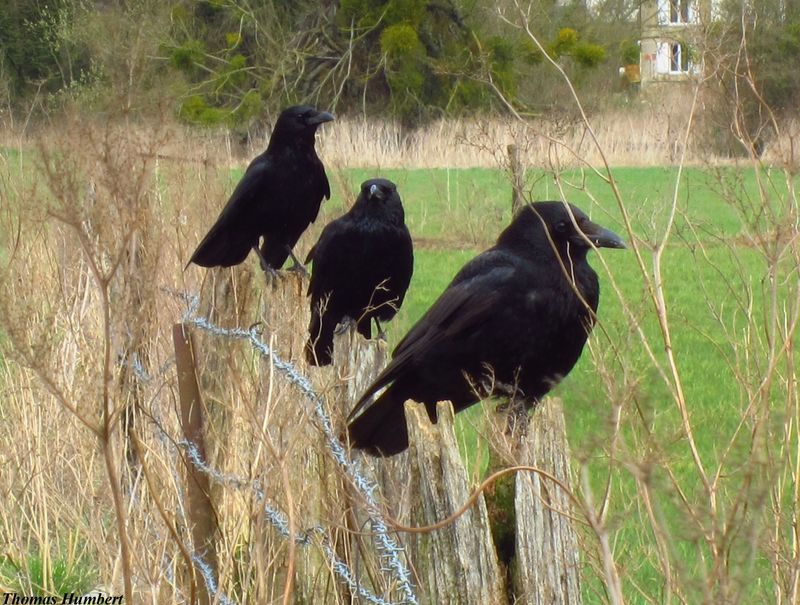
Crows aren’t all work and no play; they exhibit a playful side that mirrors youthful human exuberance. Envision a crow in an open field, gleefully tossing a shiny coin into the air, catching it with playful precision.
This behavior isn’t just about entertainment—it’s a reflection of their curious and intelligent nature. Play in crows serves multiple purposes, from honing their physical skills to strengthening social bonds within their group.
Young crows are often seen engaging in playful activities such as sliding down snowy rooftops or playing tag with each other, much like children at a playground. This playfulness is not only important for their development but also demonstrates their capacity for joy and spontaneity.
The ability to engage in play is considered a marker of intelligence across species, and for crows, it provides an opportunity to experiment and learn in a safe environment. Their playful antics remind us that these birds are not just surviving but thriving, finding joy in the simple pleasures of life.
7. Empathy And Altruism
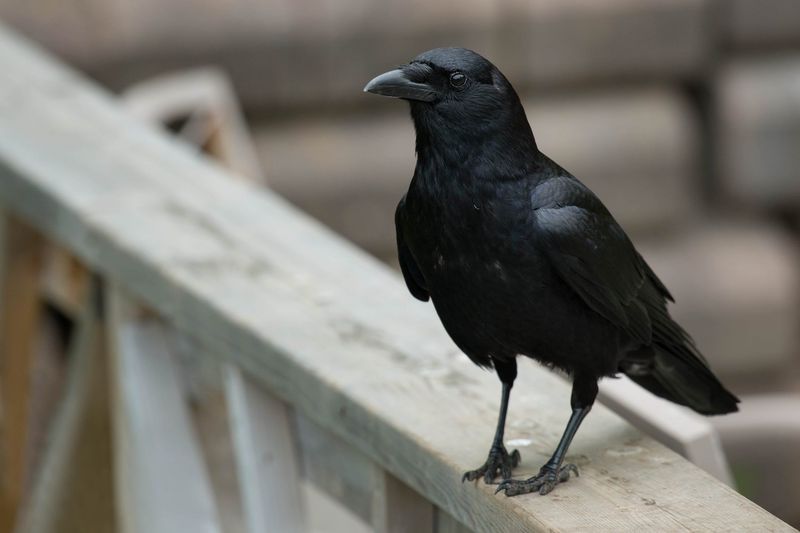
It’s not just humans who have a monopoly on empathy and altruism; crows can display these heartwarming traits too. Imagine a crow in a woodland setting, gently comforting a distressed companion, offering solace and support.
This behavior showcases a level of emotional intelligence that’s both surprising and endearing. Scientists studying crows have documented instances where these birds appear to show empathy, such as when they console a fellow crow in distress or offer food to a hungry peer.
These acts of kindness suggest a recognition of the emotional states of others, leading to behaviors that promote social harmony. The display of empathy and altruism in crows challenges the notion of birds as emotionless creatures, prompting a reevaluation of how we perceive animal emotions.
Their compassionate actions not only strengthen social bonds but also ensure the wellbeing of their community, reflecting a complex social structure that resonates with human values.
8. Adaptability
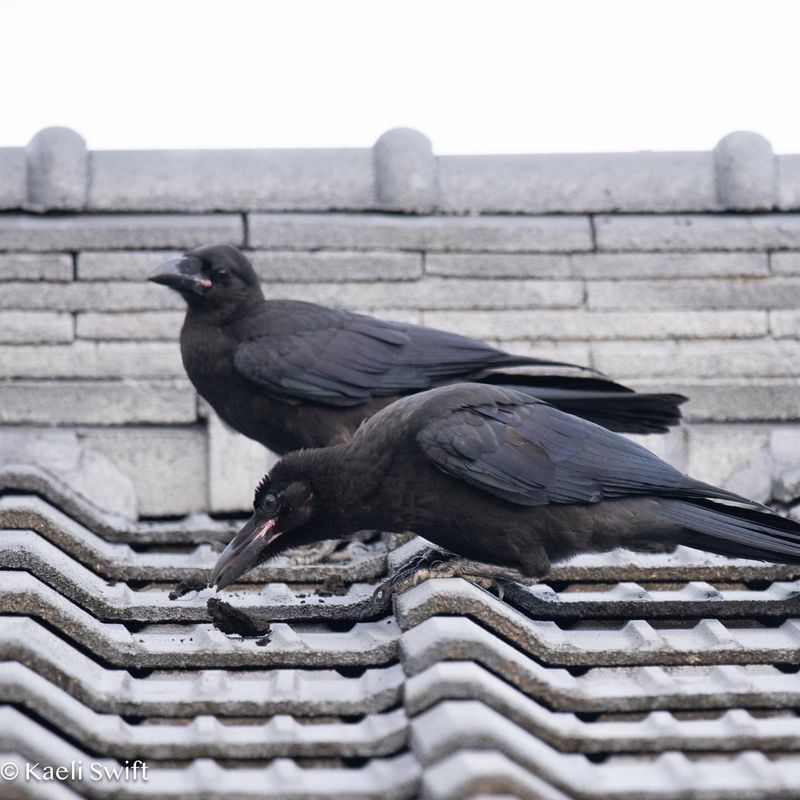
Crows are the ultimate survivors, thriving in diverse environments thanks to their remarkable adaptability. Picture a crow deftly navigating an urban jungle, foraging for food near a bustling street lined with skyscrapers.
Their ability to adapt is a testament to their intelligence and evolutionary success. These birds have been found in virtually every corner of the world, from rural landscapes to crowded cities, each time exhibiting an uncanny ability to adjust to their surroundings.
Crows learn quickly from their environment, altering their behaviors to exploit new resources and avoid potential threats. Their adaptability is evident in their diet, nesting habits, and even their interactions with humans.
In a rapidly changing world, the crow’s adaptability is not just a survival mechanism but a testament to their resilience and ingenuity. Their ability to thrive in challenging environments serves as a reminder of the importance of flexibility and innovation in the face of adversity.
9. Cooperative Behavior
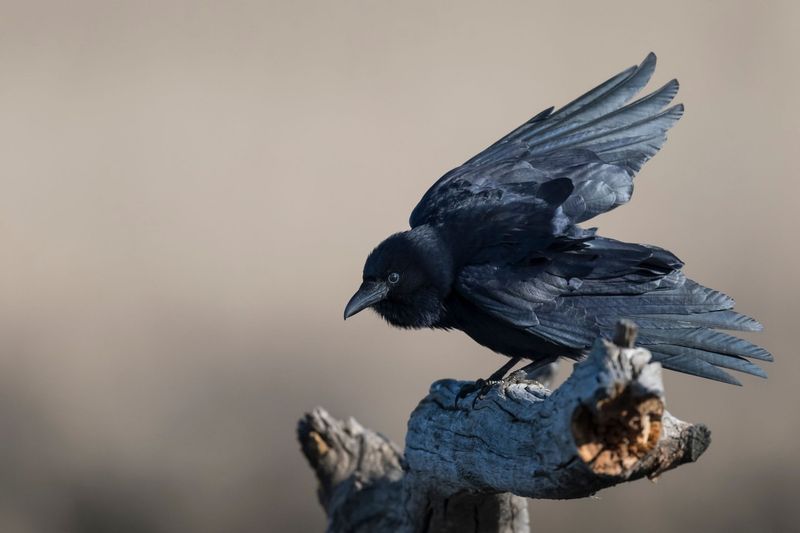
When it comes to teamwork, crows are in a league of their own, exhibiting cooperative behavior that rivals some of the best human teams. Imagine a group of crows in a green park, working together to solve a complex task, each playing a crucial role. ž
This collaborative spirit is not only fascinating but vital for their survival. Crows often engage in cooperative tasks, whether it’s mobbing a predator to protect their group or coordinating efforts to access a food source.
Such behavior requires communication, planning, and an understanding of each other’s roles—a testament to their cognitive abilities. This teamwork isn’t just a random occurrence; it’s a strategic approach that has allowed crows to thrive in various environments.
By working together, they enhance their chances of success, demonstrating that cooperation is not just a human trait but a fundamental aspect of Crow society.
10. Planning For The Future
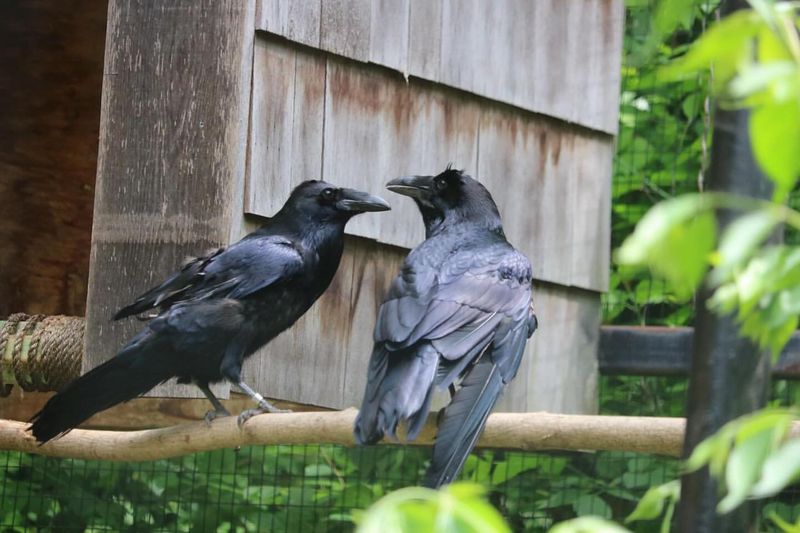
Crows have demonstrated the remarkable ability to plan for the future, a trait that aligns closely with human foresight. Picture a crow in a forest, carefully hiding food in a secret spot, anticipating the needs of tomorrow.
This foresight indicates a level of intelligence that is rare in the animal kingdom. Research has shown that crows engage in behaviors that suggest future planning, such as caching food to retrieve later or choosing tools that might be needed for future tasks.
This forward-thinking is not just instinctual but involves complex decision-making processes akin to human planning. The ability to plan for the future provides crows with a significant survival advantage, allowing them to prepare for lean times or unexpected challenges.
Their strategic foresight is a testament to their cognitive sophistication, showcasing yet another human-like quality that sets them apart in the avian world.

